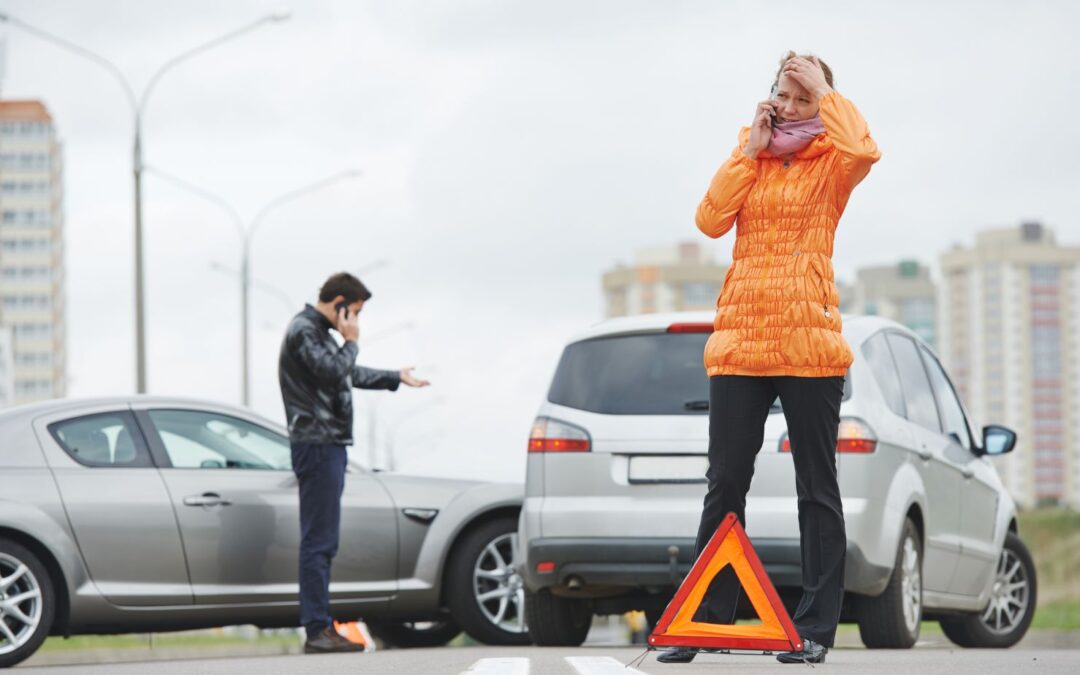Car accidents are a leading cause of injury and death among teenagers worldwide. In the United States alone, motor vehicle crashes are the leading cause of death for adolescents aged 16 to 19. While advancements in vehicle safety technology have led to a decrease in overall accident rates, teens remain at a disproportionately high risk of being involved in car accidents, often resulting in severe injuries. Understanding the common injuries teenagers suffer in car accidents is crucial for raising awareness, promoting safe driving practices, and implementing effective preventive measures.
Whiplash Injuries
Whiplash is one of the most prevalent car accident injuries, especially among teenagers. It occurs when the neck is forcefully jerked back and forth, often due to the sudden impact of a collision. Symptoms of whiplash include neck pain, stiffness, headaches, and limited range of motion. While whiplash is typically not life-threatening, it can cause significant discomfort and may require prolonged medical treatment, including physical therapy.
Traumatic Brain Injuries (TBIs)
Teenagers involved in car accidents are at risk of sustaining traumatic brain injuries, ranging from concussions to more severe forms of brain trauma. The sudden acceleration and deceleration forces experienced during a collision can cause the brain to collide with the skull, leading to bruising, bleeding, or swelling. TBIs can result in a wide range of symptoms, including headaches, dizziness, memory problems, mood changes, and cognitive impairments. In severe cases, TBIs can have long-term consequences, affecting academic performance, social interactions, and overall quality of life.
Spinal Cord Injuries
Car accidents can also cause spinal cord injuries, which have the potential to cause permanent disability or paralysis. When the spinal cord is damaged due to the impact of a collision, it can result in partial or complete loss of sensation and motor function below the level of injury.

Spinal cord injuries can have devastating effects on a teenager’s life, impacting their mobility, independence, and ability to perform daily activities. Rehabilitation and ongoing medical care are often necessary to manage the effects of spinal cord injuries and maximize recovery.
Fractures and Orthopedic Injuries
The sheer force of a car accident can lead to fractures and orthopedic injuries in teenagers. Commonly affected areas include the arms, legs, ribs, and pelvis. Fractures can vary in severity, ranging from minor hairline fractures to compound fractures requiring surgical intervention. Orthopedic injuries can result in pain, swelling, limited mobility, and functional impairment. Recovery from fractures and orthopedic injuries may involve immobilization, physical therapy, and, in some cases, surgical procedures to restore proper alignment and function.
Psychological Trauma
In addition to physical injuries, Albuquerque injury lawyers state that car accident victims may also experience psychological trauma, such as post-traumatic stress disorder (PTSD), anxiety, and depression. Witnessing or being involved in a traumatic event like a car accident can have lasting emotional effects, affecting a teenager’s mental well-being and overall quality of life. Psychological support, counseling, and therapy are essential for addressing the emotional impact of car accidents and promoting recovery.
Preventive Measures
Preventing car accidents and reducing the risk of injuries among teenagers require a multi-faceted approach involving education, enforcement, and technological interventions:
- Education: Comprehensive driver education programs should emphasize safe driving practices, including the dangers of speeding, distracted driving, and driving under the influence of drugs or alcohol. Teenagers should be educated about the importance of wearing seat belts and properly securing younger passengers in car seats or booster seats.
- Enforcement: Strict enforcement of traffic laws, particularly those related to speeding, seat belt use, and impaired driving, can deter risky behaviors and promote compliance with safety regulations. Law enforcement agencies should prioritize efforts to enforce traffic laws in areas with high rates of teenage car accidents.
- Technological Interventions: Advances in vehicle safety technology, such as electronic stability control, collision avoidance systems, and automatic emergency braking, can help prevent accidents or mitigate their severity. Parents can also leverage technology, such as GPS tracking and vehicle monitoring apps, to monitor their teenagers’ driving behavior and provide feedback on areas needing improvement.

Teenagers are particularly vulnerable to car accidents and the associated injuries due to their relative lack of driving experience and maturity. By understanding the common injuries teenagers suffer in car accidents and implementing preventive measures, we can work towards reducing the incidence of accidents and promoting safer driving habits among young drivers.
An Occupational therapist, freelance content writer and more importantly a stay-at-home mom, Sara, like all other parents juggles her many roles. Her passion for writing combined with her professional expertise as an Occupational therapist (working with children with special needs) has helped her craft content specific to child health, wellness and learning skills. At present, Sara alternates her time between raising her two young children, and writing about what she knows best- children!





